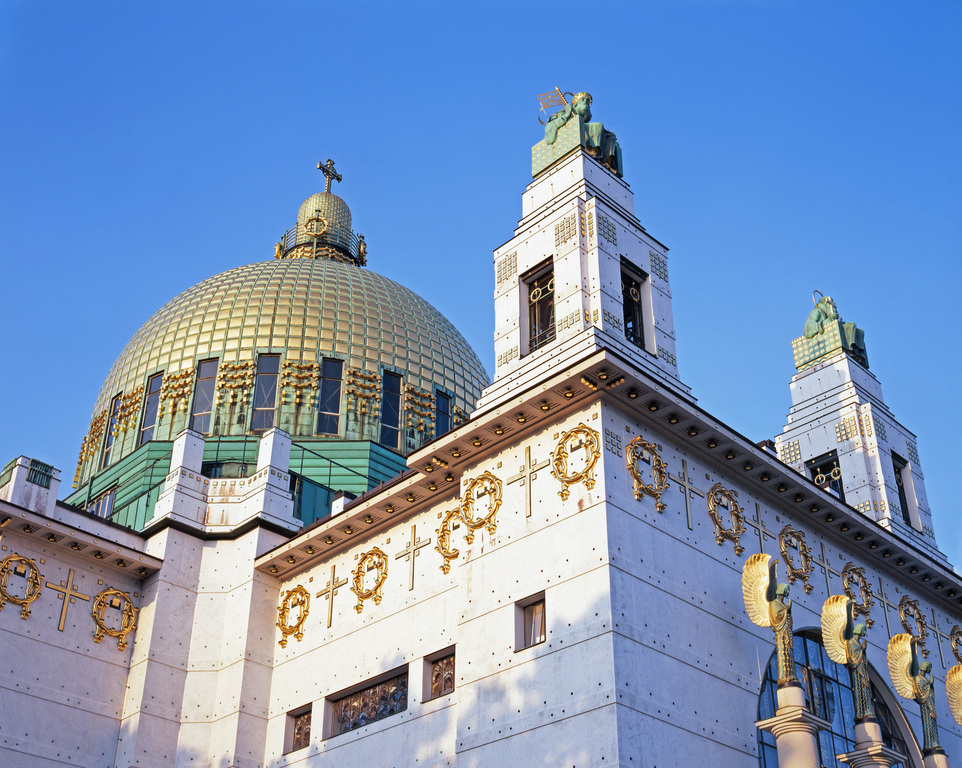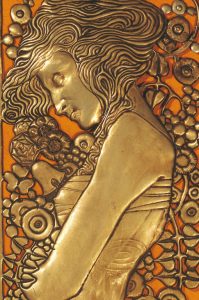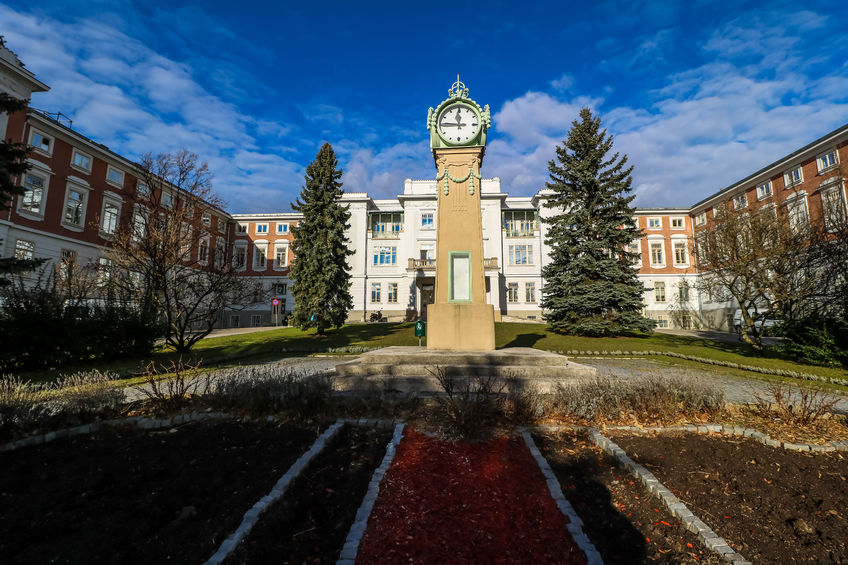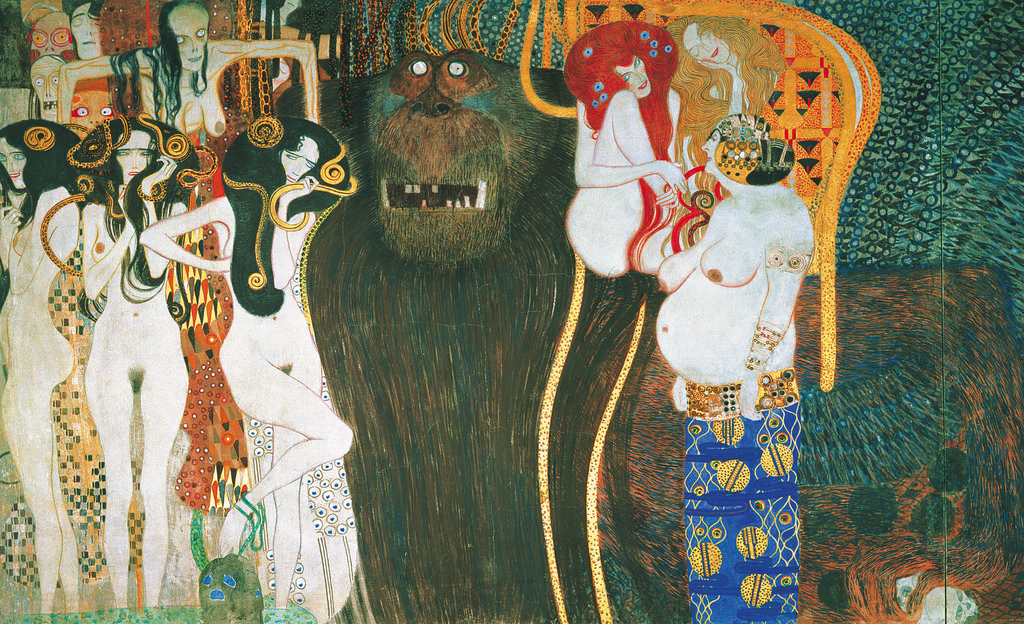In the late 1890s, the style of historicism was put into question through the influences of the upcoming Western European “Jugendstil”, or in French, English, and Italian, the dominant expression “Art nouveau”.

Art nouveau, or “Jugendstil”, is characterised by elegant, curved lines and soft shapes. The trends associated with Jugendstil are Reformstil, Secessionsstil, Czech Secese, Slovakian Secesia, Polish Secesja, and Hungarian Szecesszió. In English, modern style is also used, and in Italian, Stile Floreale or Liberty style.

In 1898, the Vienna Secession, one of the most significant buildings of this style in Austria, was opened. The new style was also used in railway construction and the underground station at Karlsplatz and in 1898/1899, apartment buildings such as the Majolikahaus on the Linke Wienzeile followed.
Jugendstil and modernism in architecture
Many buildings still remind us of the entry of Jugendstil today. It was the architects Otto Wagner and Josef Hoffmann who shaped the appearance of the aspiring city at the time. In addition to the most famous building of this period, the Secession, there are a variety of other buildings such as that of the Austrian Postal Savings Bank (Österreichische Postsparkasse), the Church of St. Leopold (Kirche am Steinhof) the Majolikahaus, and the city railways.

It is worth having an idea of the most significant works of this art era in mind setting off on holiday, as there are also many small constructions such as the Jugendstil Anker Clock, the Strudlhofstiege in the ninth district, or the Jugendstil bathroom and bathtub in the Ernst Fuchs Museum.
Artist masterpieces of the era

Gustav Klimt was a genius of Jugendstil and his works, including “The Kiss”, “Judith”, or “Beethovenfries”, are famous worldwide. If following his work when staying in Vienna, be sure to plan a visit to the exhibitions in Secession and in the Belvedere (the largest collection of Klimt works).
For a unique glimpse into the many works of Viennese Jugendstil as well as the Wiener Werkstätte (Viennese Workshops) and Expressionism, we recommend visiting the Leopold Museum.


